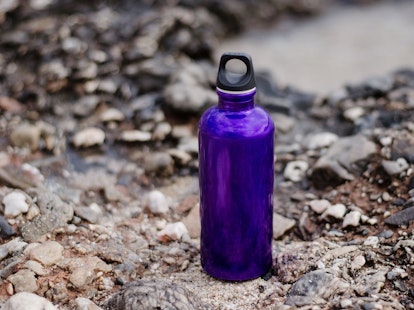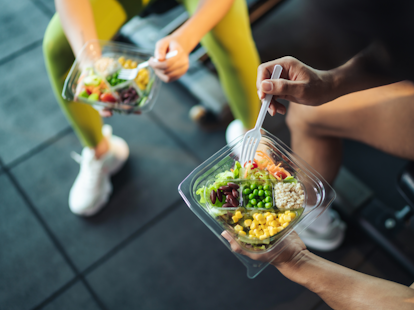The EU has published a draft regulation to amend and correct the food contact plastics regulation, (EU) 10/2011. If approved, the new law will enter into force on the twentieth day after its publication in the Official Journal.
The European Comitology Register has published a draft Regulation to amend and correct Regulation (EU) 10/2011 on food contact plastics (the Regulation). This comprehensive proposal contains, inter alia, important changes to Annexes I, II, IV and V to the Regulation.
According to the new proposal, the new law will enter into force on the twentieth day after its publication in the Official Journal of the EU. Food contact plastics complying with the Regulation before the entry into force of the new Regulation, and which were first placed on the market within six months after the date of entry into force, may continue to be placed on the market for two years and remain there until stocks are exhausted.
Highlights of the proposal are summarized in Table 1.
| Entry | Section | Highlight |
|---|---|---|
| 1 | Annex I, Table 1 ‘Union List of Authorized Substances’ |
|
| 2 | Annex II ‘Restrictions on Materials and Articles’ | Completely replaces Annex II:
|
| 3 | Annex IV ‘Declaration of Compliance’ | Replaces point 6 to include information on the quantity of substances in intermediate materials |
| 4 | Annex V ‘Compliance Testing’ | Amends point 2.1.3 to Chapter 2 ‘Conditions of contact when using food simulants’:
|
Replaces point 2.1.6 to Chapter 2 ‘Repeated Use Articles’:
| ||
Replaces Table 3 under point 3.1 to Chapter 3 ‘Standardized Conditions for Testing the Overall Migration’:
|
Table 1
| Entry | Name | Salts allowed according to Article 6(3)(a) | Specific Migration Limit (mg/kg) |
|---|---|---|---|
| 1 | Aluminum | Yes | 1 |
| 2 | Ammonium | Yes | --* |
| 3 | Antimony | No | 0.04 |
| 4 | Arsenic | No | Not Detected (ND) (Detection Limit = 0.01) |
| 5 | Barium | Yes | 1 |
| 6 | Cadmium | No | ND (Detection Limit = 0.002) |
| 7 | Calcium | Yes | --* |
| 8 | Chromium | No | ND** (Detection Limit = 0.01) |
| 9 | Cobalt | Yes | 0.02 |
| 10 | Copper | Yes | 5 |
| 11 | Europium*** | Yes | 0.05 |
| 12 | Gadolinium*** | Yes | 0.05 |
| 13 | Iron | Yes | 48 |
| 14 | Lanthanum*** | Yes | 0.05 |
| 15 | Lead | No | ND (Detection Limit = 0.01) |
| 16 | Lithium | Yes | 0.6 |
| 17 | Magnesium | Yes | --* |
| 18 | Manganese | Yes | 0.6 |
| 19 | Mercury | No | ND (Detection Limit = 0.01) |
| 20 | Nickel | No | 0.02 |
| 21 | Potassium | Yes | --* |
| 22 | Sodium | Yes | --* |
| 23 | Terbium*** | Yes | 0.05 |
| 24 | Zinc | Yes | 5 |
| *Migration is subject to Articles 11(3) and 12 ** Less stringent limit of 3.6 mg/kg allowed if pre-existing documentation demonstrates Cr (VI) is excluded ***Lanthanide substances can be used according to Article 6(3)(a) subject to SML is no more than 0.05 mg/kg for the sum of all lanthanide substances and the analytical evidence using a procedure demonstrating the lanthanide substance(s) used are present in dissociated ionic form in food or food simulant forms part of the documentation in Article 16. | |||
Table 2
SGS technical experts have extensive knowledge and testing experience in materials and articles in contact with food. They work to ensure that your products meet the appropriate regulations for food contact materials and pave the way for compliance. From overall migration test to expert advices on emerging regulations and compliance issues and documentation review, SGS is the partner to trust. Please do not hesitate to contact us for further information or visit our website.
For enquiries, please contact:Hingwo Tsang
Global Information and Innovation Manager
t: (+852) 2774 7420
© SGS Group Management SA - 2020 - All rights reserved - SGS is a registered trademark of SGS Group Management SA. This is a publication of SGS, except for 3rd parties’ contents submitted or licensed for use by SGS. SGS neither endorses nor disapproves said 3rd parties contents. This publication is intended to provide technical information and shall not be considered an exhaustive treatment of any subject treated. It is strictly educational and does not replace any legal requirements or applicable regulations. It is not intended to constitute consulting or professional advice. The information contained herein is provided “as is” and SGS does not warrant that it will be error-free or will meet any particular criteria of performance or quality. Do not quote or refer any information herein without SGS’ prior written consent.



